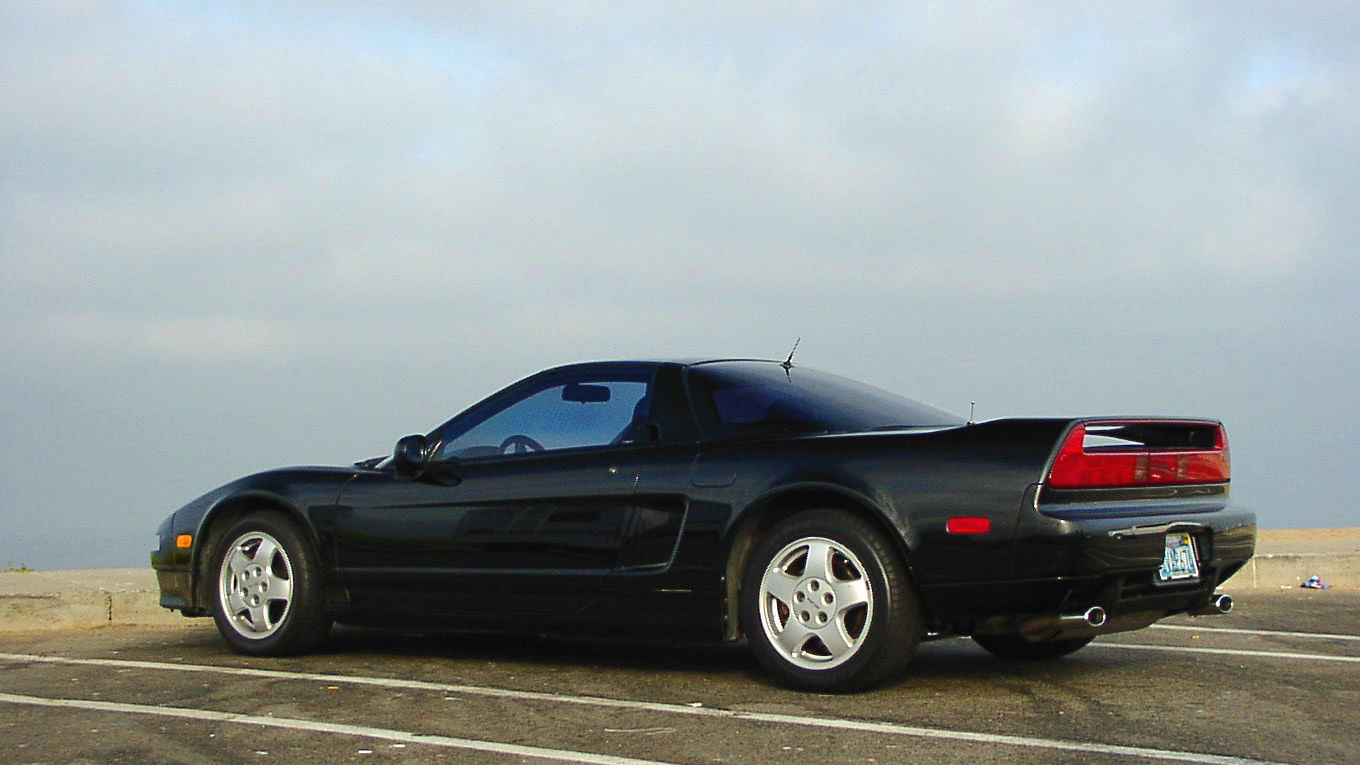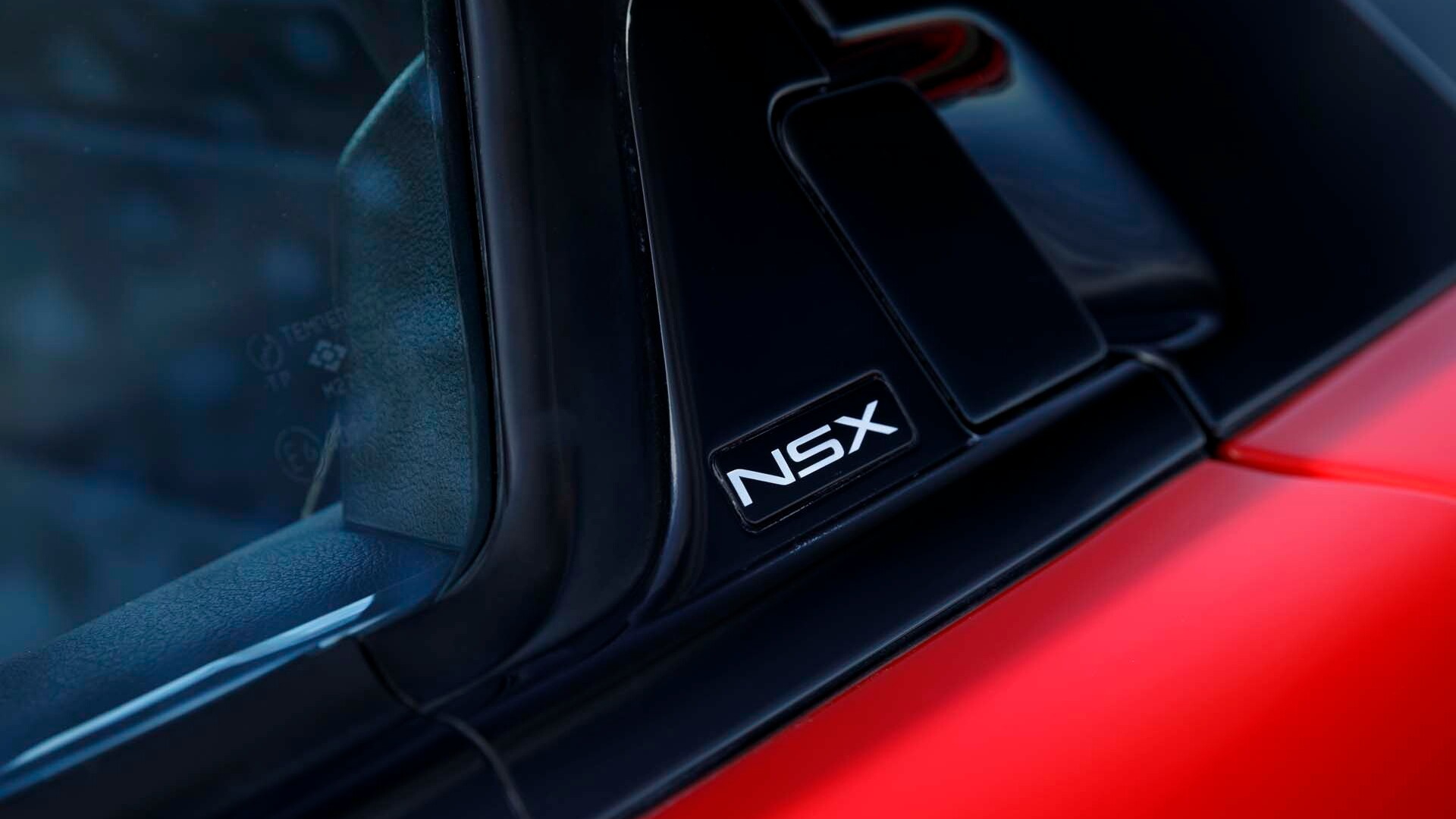By the early 1980s, Honda was ready to break out. The Japanese automaker had its sights set on exotic performance without sacrificing reliability. Buoyed by its entrance into the Formula One championship in 1983, the automaker had resources and ambition—and an idea.
In 1984, engineers targeted prancing horses and charging bulls with a mid-engine, rear-drive sports car—a far cry from the front-engine, front-wheel-drive cars it was building. Deep within Honda’s skunkworks, the company converted a lowly Honda City hatchback compact car into a mid-engine mule to test their theory. The car’s handling was thrilling they said, but the technology wasn’t up to snuff to keep it on the road.

Original NSX Sketch - Acura NSX 30th Anniversary
Shelved shortly after, Honda engineers never forgot the City mule’s dynamic potential. Eager to prove to the world that it could make a “New” “Sportscar” “unknown” (an “X” subbed in as the mathematical “unknown”); the NS-X was born in 1985. Early sketches showed a radical body, inspired by the F-16, with an engine planted midships, behind the driver.
Engineers wavered between sheet steel and aluminum for the early NS-X in 1986—steel was easier for production, aluminum was lighter but more expensive and difficult to use. Ultimately, Honda landed on aluminum for its new sportscar, the first all-aluminum monocoque production car from a mainstream automaker in history.
The lighter aluminum didn’t need a big, heavy engine to hit performance targets, and the company landed on a V-6. In America, Honda’s nascent luxury brand Acura needed a halo car and NSX (American Honda preferred no hyphen) fit the bill.

1991 Acura NSX - Acura NSX 30th Anniversary
In 1989, the NSX made its debut at the Chicago auto show. Then-president Tadashi Kume reportedly started a prototype fitted with an SOHC V-6 from the Acura Legend. He implored engineers to adapt Honda’s variable valve timing and lift electronic control (VTEC) from its inline-4 to the NSX’s V-6 engine. Critics who drove early prototypes also said the car lacked power.
Legendary F1 driver Ayrton Senna helped, too. At Suzuka to test Honda’s new F1 car, Senna drove the NSX and pressured engineers to make the body stiffer.
"I'm not sure I can really give you appropriate advice on a mass-production car," Senna told the team, according to Honda. "but I feel it's a little fragile."
What arrived in 1990 was a worldbeater. The everyday supercar lasted for 15 years, beyond a recession in Japan that killed several other sports cars but not Honda’s breakout.
Note to readers: Motor Authority has compiled 100 cars that have forever changed enthusiasts. From supercars and sedans to SUVs and muscle cars, these are the cars that have sparked our love for cars. Think we’ve missed something? Leave a comment below or contact us here.





